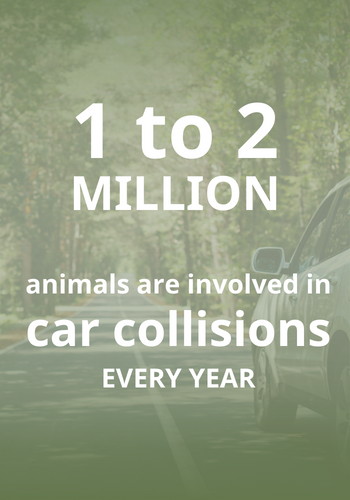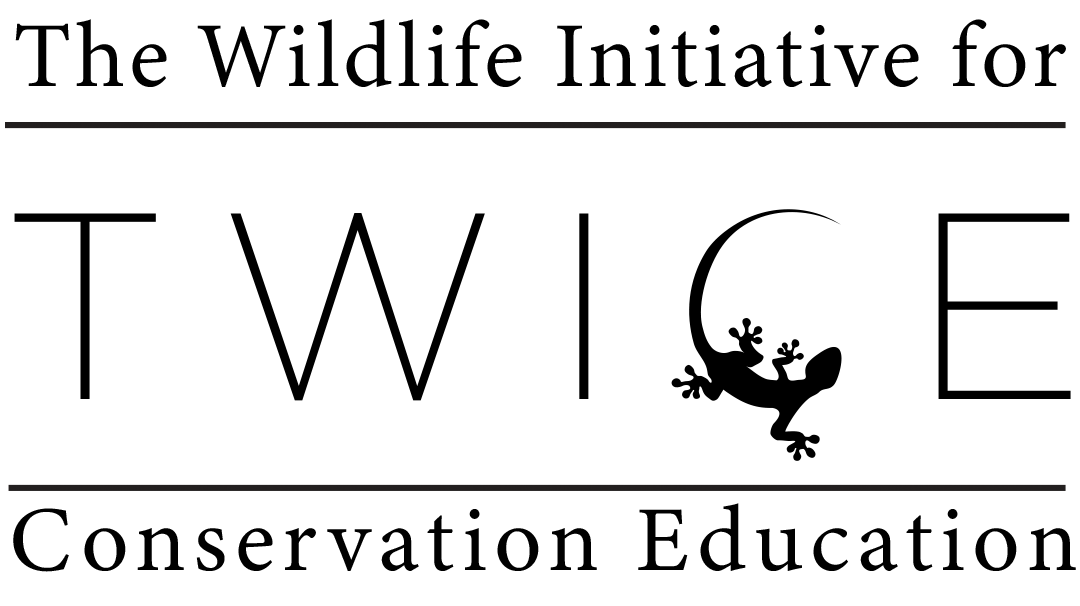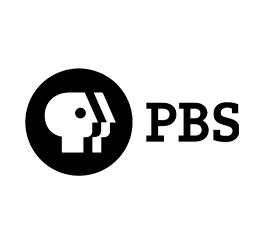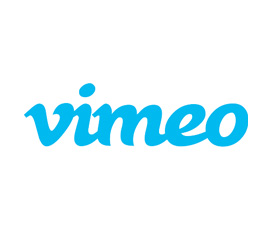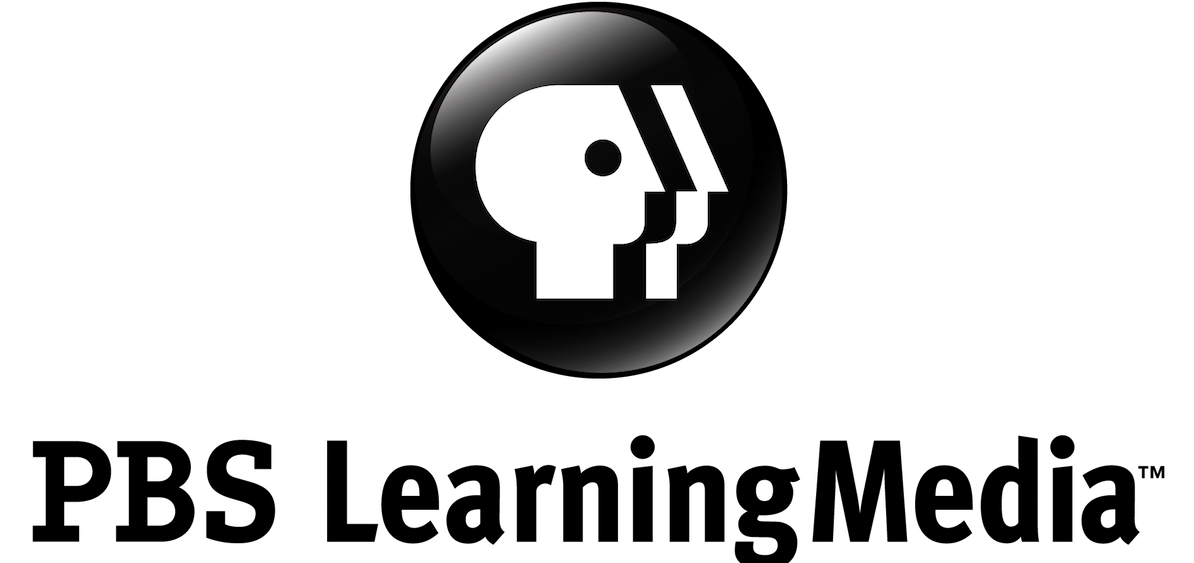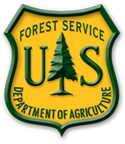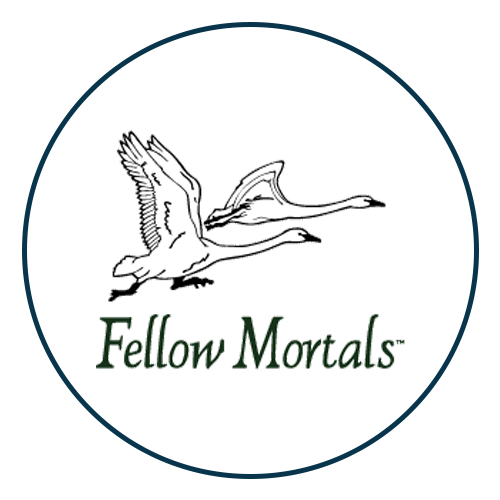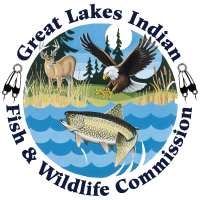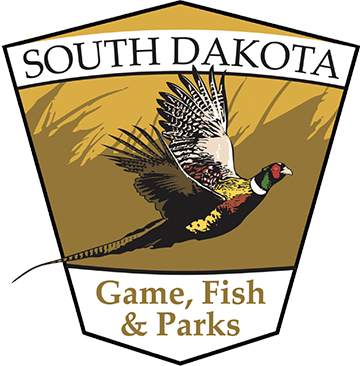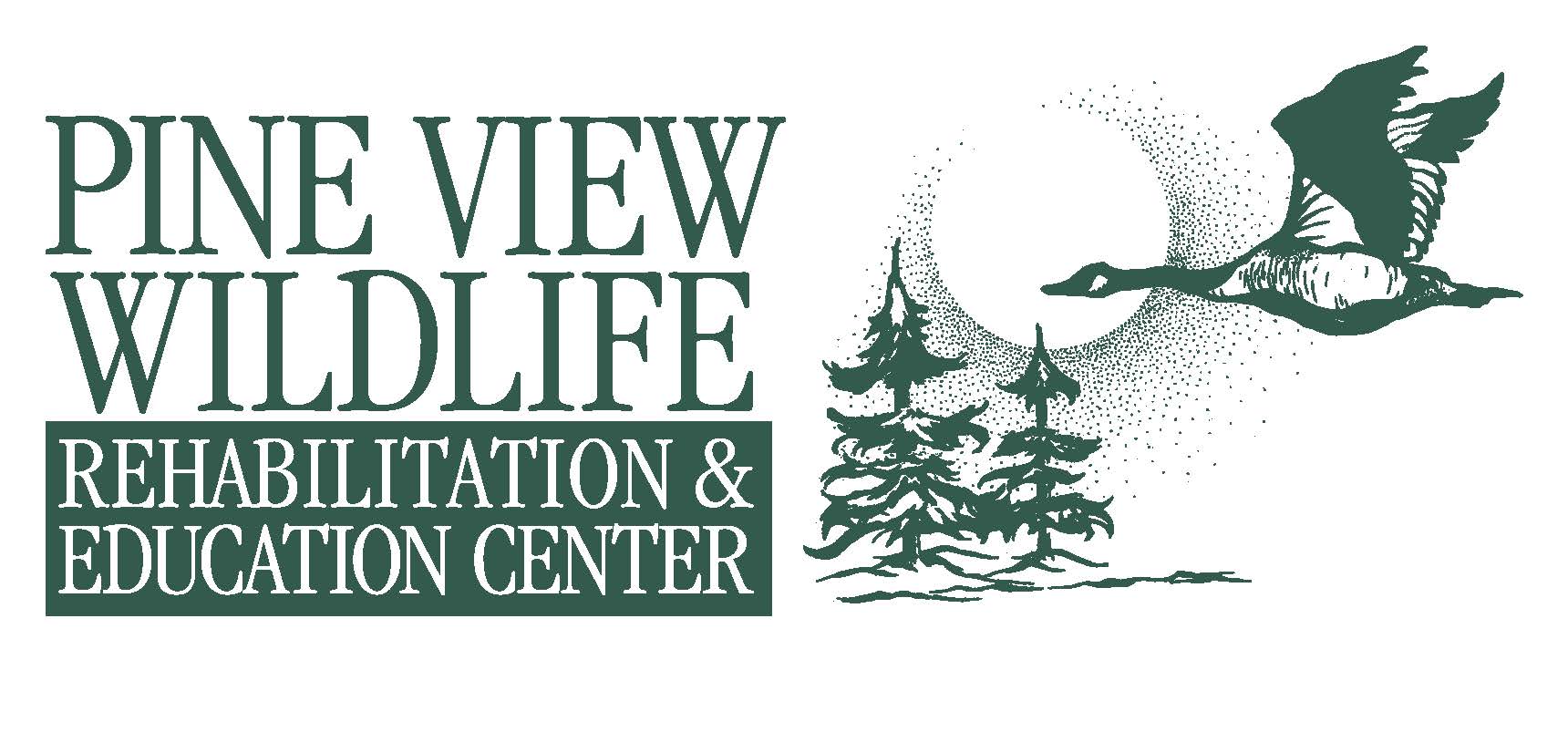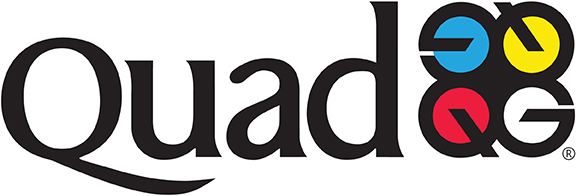Abundant wildlife that once inhabited this earth are dwindling or at worst, lost, as a result of our human impacts. Continued human encroachment, poisoning lands and waters, and even our recreational pursuits have destroyed wildlife habitats and threatened millions of species with extinction.
But because you believe in what we believe…there is hope.
In response to these significant anthropogenic declines in wildlife populations, The Wildlife Initiative for Conservation Education (TWICE) has partnered with the Into the Outdoors Education Network and Pine View Wildlife Rehabilitation and Education Center to broaden our educational reach. With your help, this initiative can impact millions of Americans to think TWICE about their impact on the other precious species that share Planet Earth.
The purpose of TWICE is to educate the general public, with a focus on youth, through national television and educational resources to encourage critical thinking and create a more sustainable coexistence between humans and wildlife.
But how do we accomplish such a vital mission that we both share?
We start with two crucial things, you and the facts.



